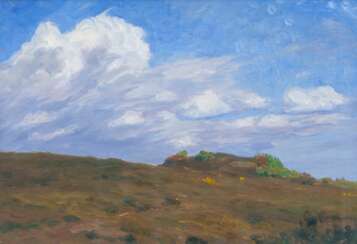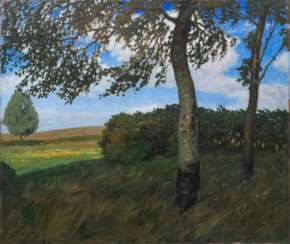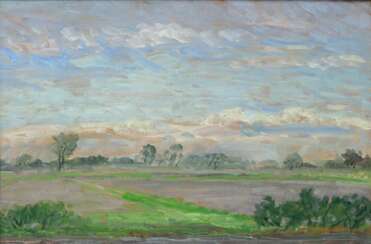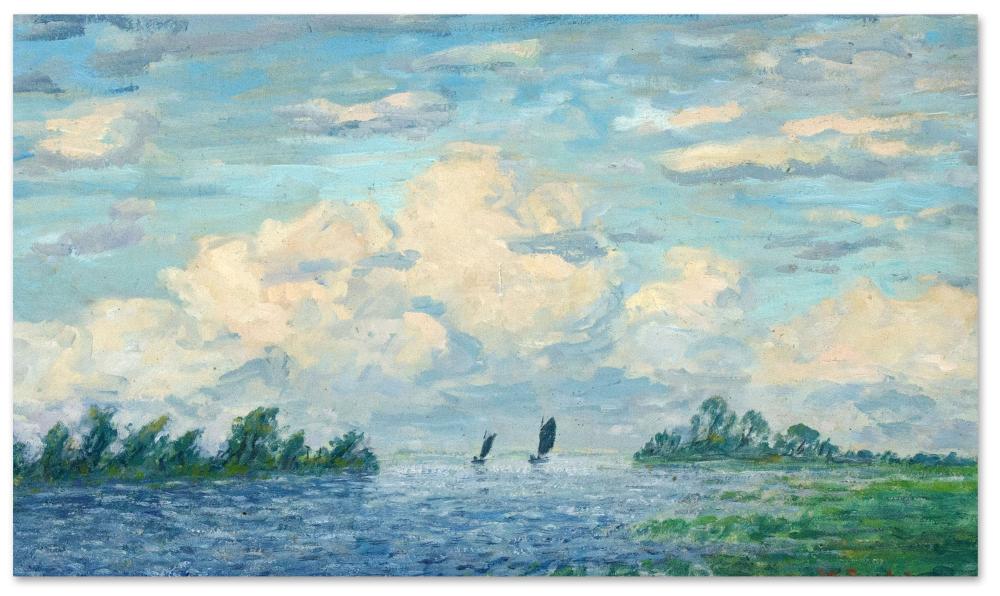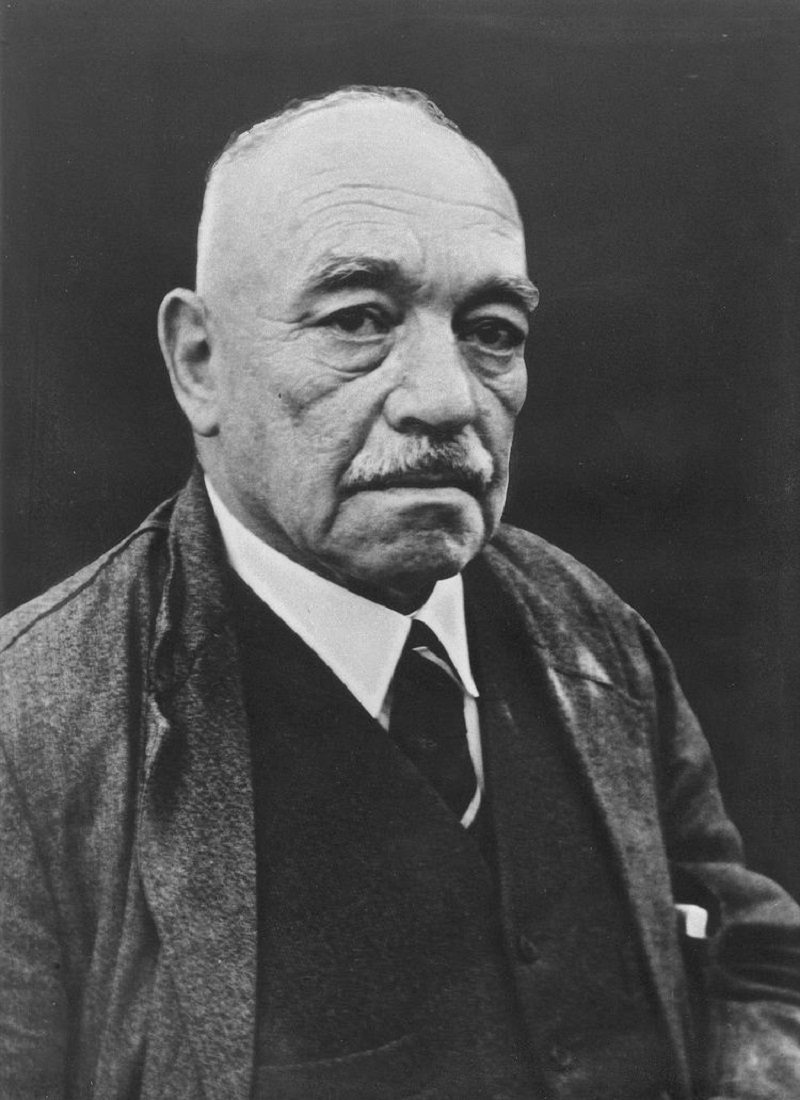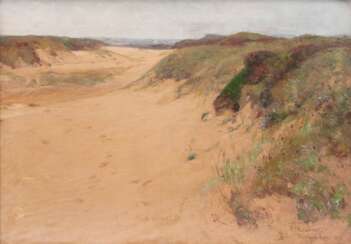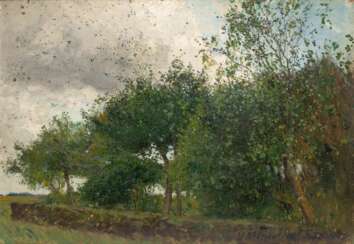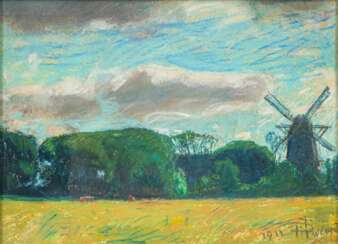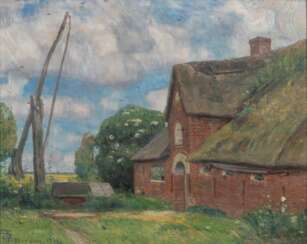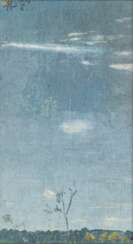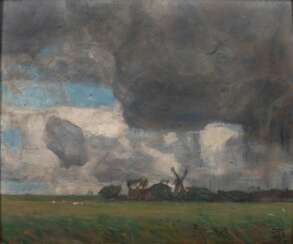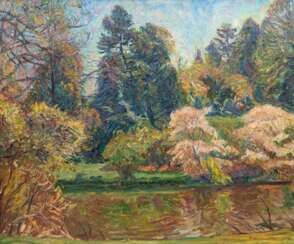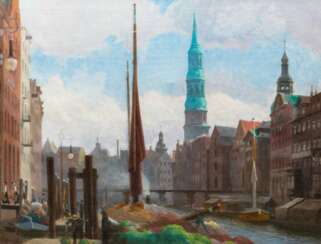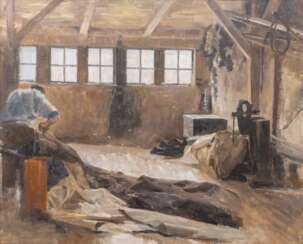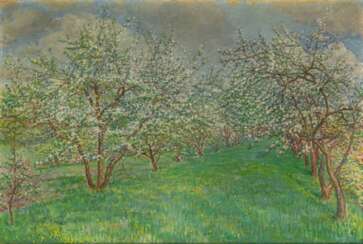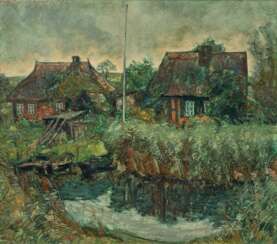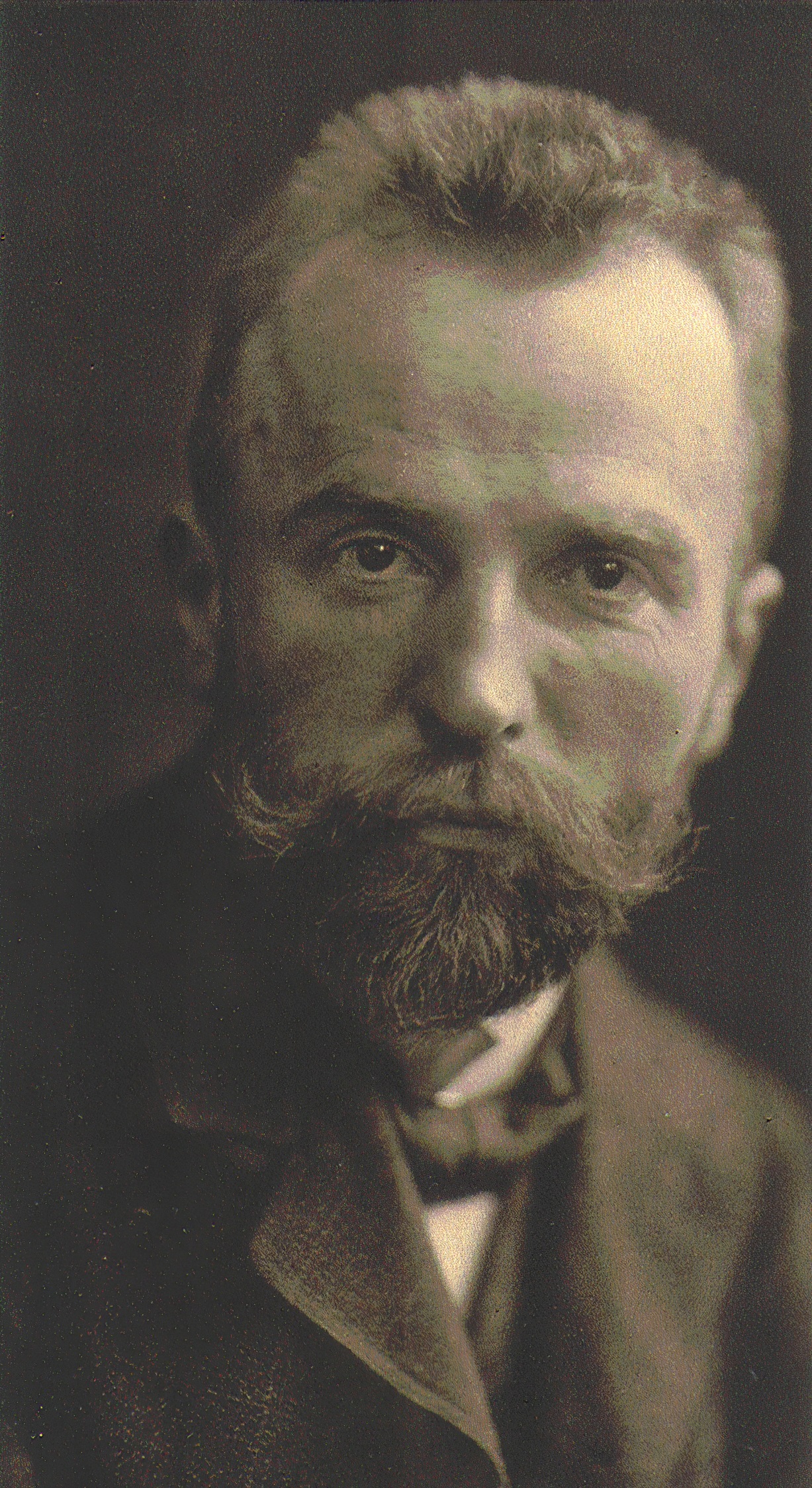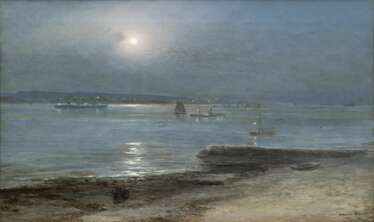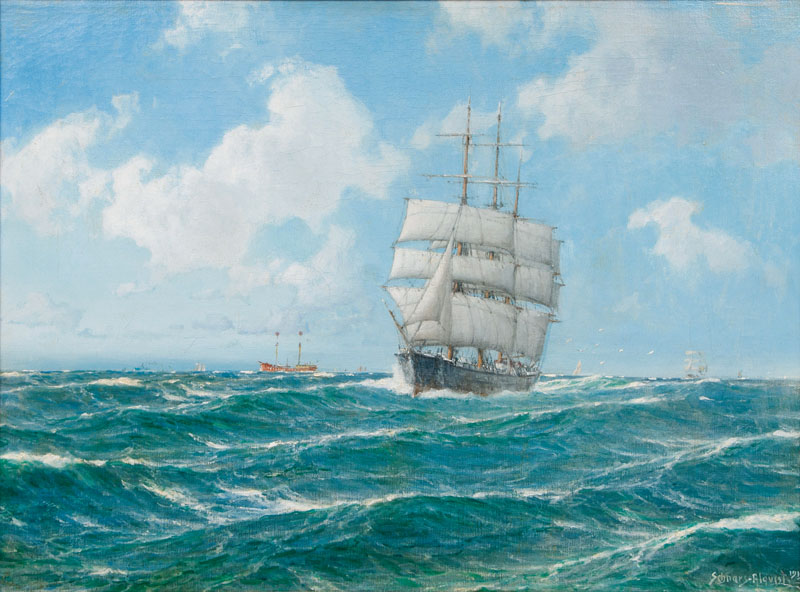
North German art — September 2025 Auktion: Kunst des 20. und 21. Jahrhunderts
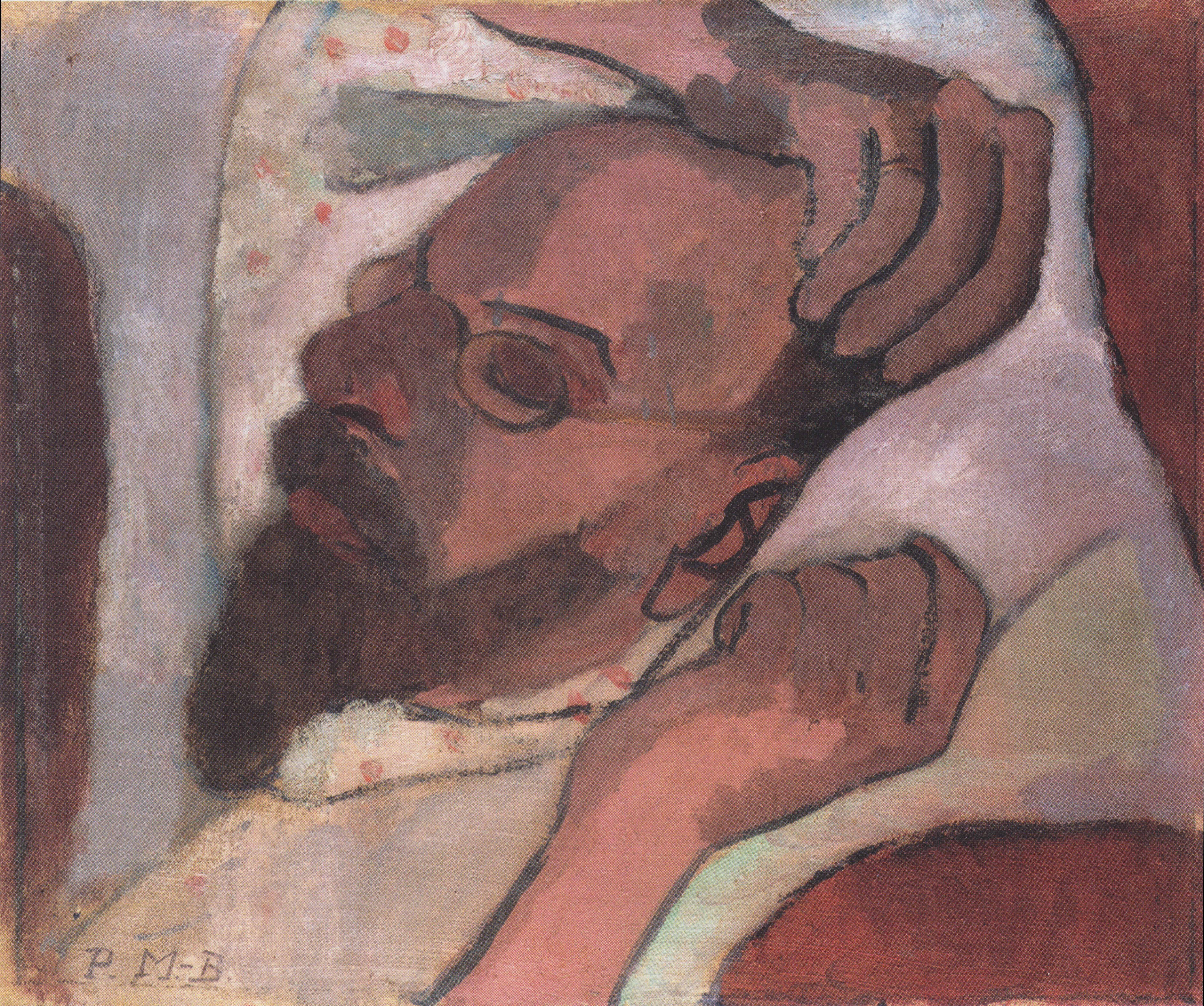
Friedrich Wilhelm Otto Modersohn was a German painter of the late 19th and first half of the 20th centuries. He is known as a landscape painter, a representative of the Barbizon School.
Otto Modersohn produced Barbizonian-style landscapes early in his career, but from about 1890 his style became more expressionist, with an emphasis on his choice of colors. The death of his second wife influenced his style: the colors became darker and the images more stark. Modersohn was one of the founders of the Worpswede artists' colony. A large collection of his works is kept in the Modersohn Museum in Fischerhude, and a street in Berlin is also named after him.

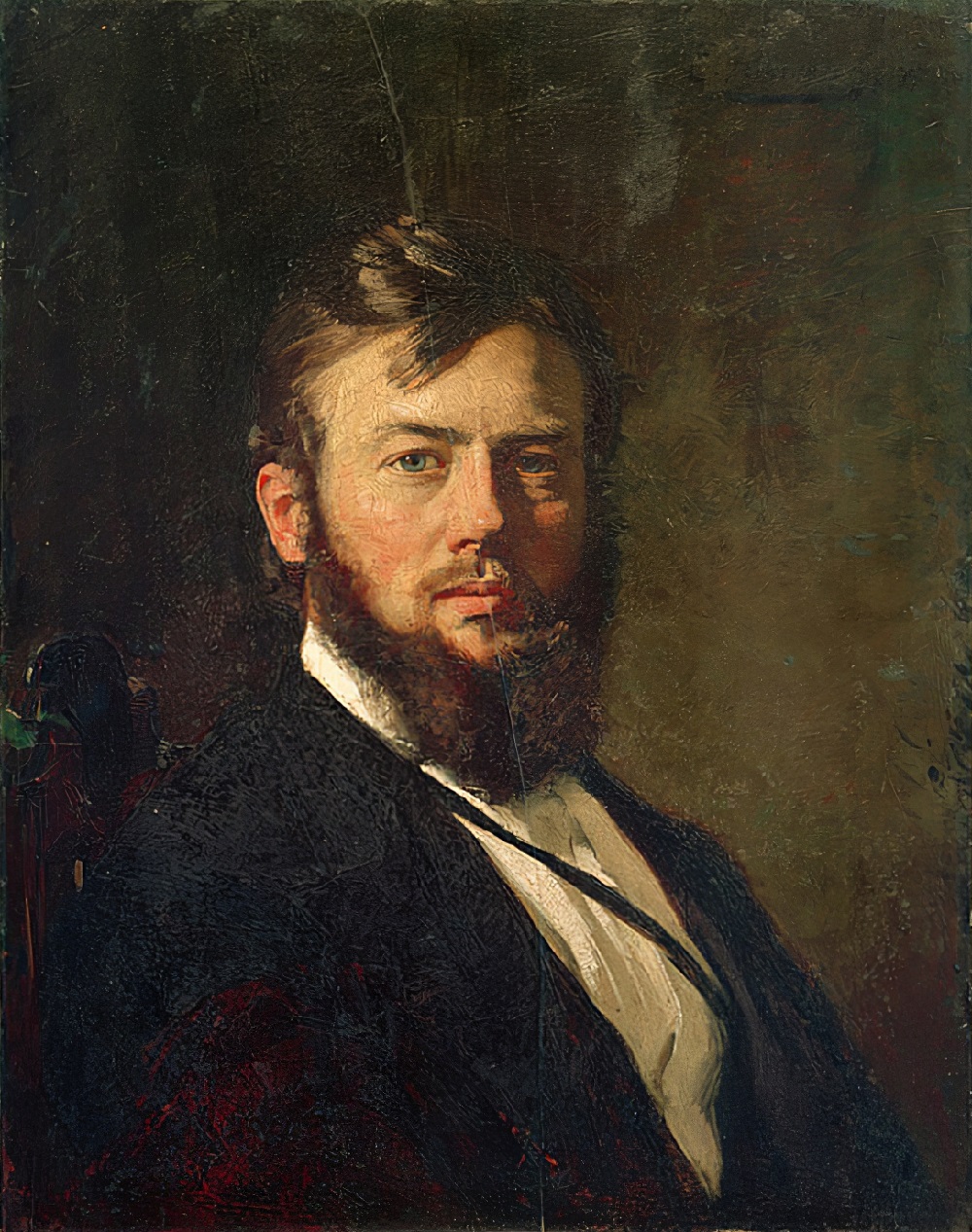
Hans Peter Feddersen the Younger is a German painter, master of landscape and genre painting of Friesland.
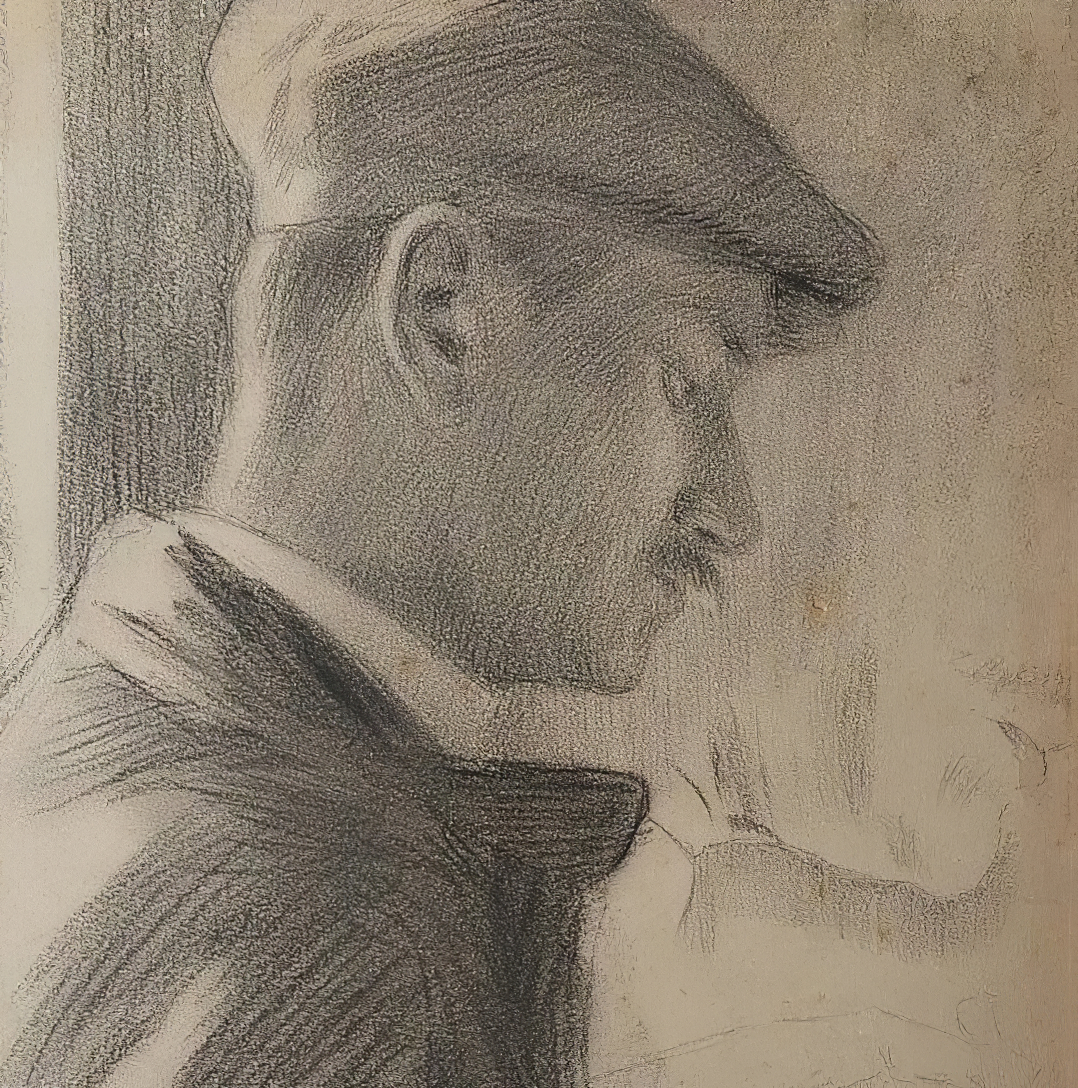
Georg Burmester was a German artist of the late 19th - first third of the 20th centuries. He is known as a painter, graphic artist, impressionist, representative of the Düsseldorf art school, and teacher.
Burmester worked mainly in the genres of landscape and marinas, but among his works there are also still lifes, as well as works in the genre of nude. He was a teacher at the Kassel Art School from 1912 to 1930 and was promoted to the rank of professor in 1917.
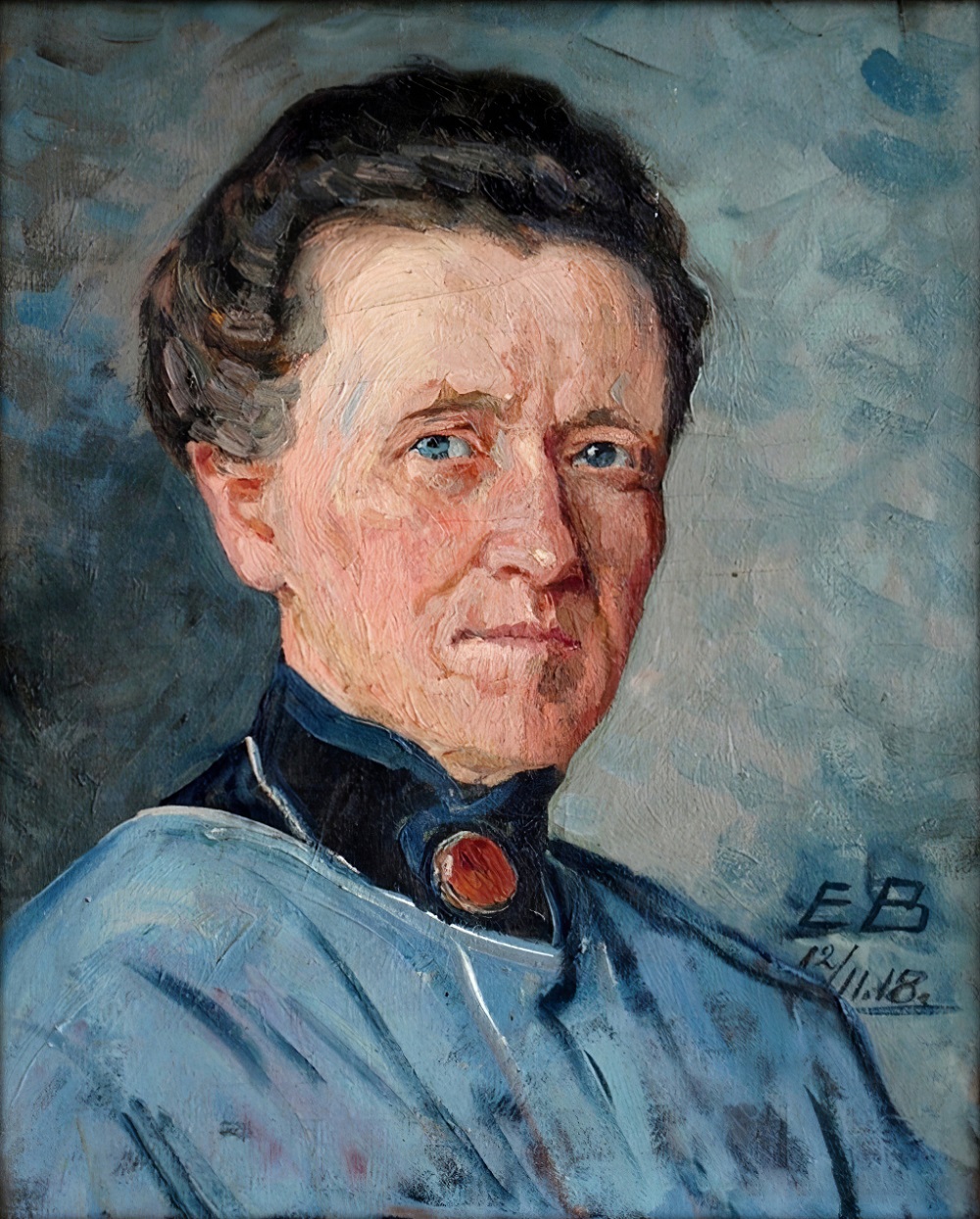
Elisabeth Büchsel, full name Elisabeth Charlotte Helene Emilie Büchsel, was a German artist. She studied painting in Berlin, Dresden, Paris and Munich.
Elisabeth Büchsel painted mainly portraits and landscapes of Rügen and Stralsund. From 1904 she lived and worked on the island of Hiddensee from spring to autumn.
Büchsel was a member of the Association of Visual Artists of Germany.
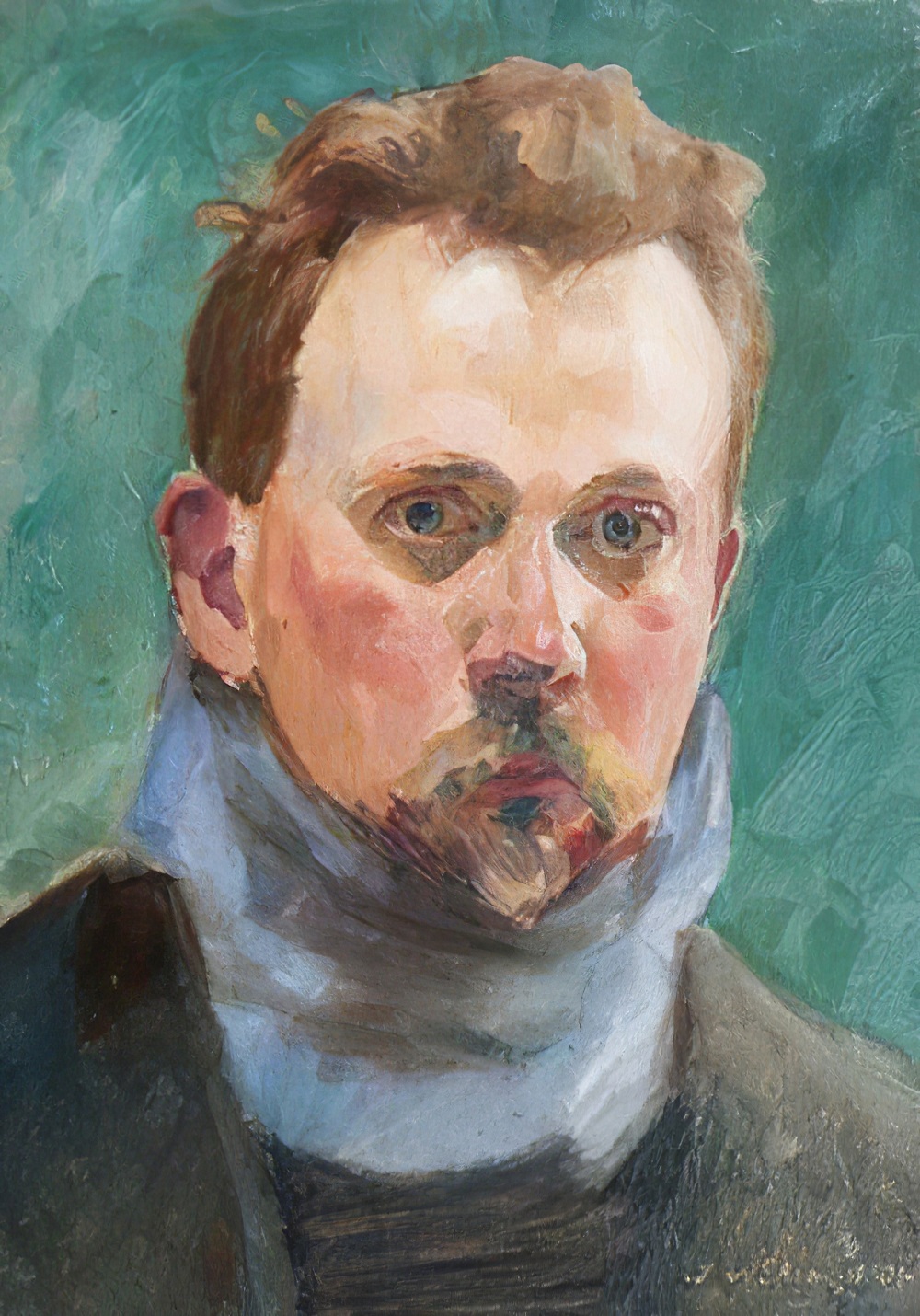
Julius von Ehren was a German post-Impressionist painter. He studied painting at the Academy of Fine Arts in Munich.
Julius von Ehren lived as a free artist in Hamburg since 1893. During study trips to the Lower Elbe region, he at first painted simple pictures of village life together with Thomas Herbst. He was particularly interested in interior lighting as well as village streets, landscapes and portraits.
Von Ehren was one of the young artists who were initially rejected by the established Hamburg art scene with their plein air paintings, often done in bright colours.

Julius von Ehren was a German post-Impressionist painter. He studied painting at the Academy of Fine Arts in Munich.
Julius von Ehren lived as a free artist in Hamburg since 1893. During study trips to the Lower Elbe region, he at first painted simple pictures of village life together with Thomas Herbst. He was particularly interested in interior lighting as well as village streets, landscapes and portraits.
Von Ehren was one of the young artists who were initially rejected by the established Hamburg art scene with their plein air paintings, often done in bright colours.

Julius von Ehren was a German post-Impressionist painter. He studied painting at the Academy of Fine Arts in Munich.
Julius von Ehren lived as a free artist in Hamburg since 1893. During study trips to the Lower Elbe region, he at first painted simple pictures of village life together with Thomas Herbst. He was particularly interested in interior lighting as well as village streets, landscapes and portraits.
Von Ehren was one of the young artists who were initially rejected by the established Hamburg art scene with their plein air paintings, often done in bright colours.

Julius von Ehren was a German post-Impressionist painter. He studied painting at the Academy of Fine Arts in Munich.
Julius von Ehren lived as a free artist in Hamburg since 1893. During study trips to the Lower Elbe region, he at first painted simple pictures of village life together with Thomas Herbst. He was particularly interested in interior lighting as well as village streets, landscapes and portraits.
Von Ehren was one of the young artists who were initially rejected by the established Hamburg art scene with their plein air paintings, often done in bright colours.
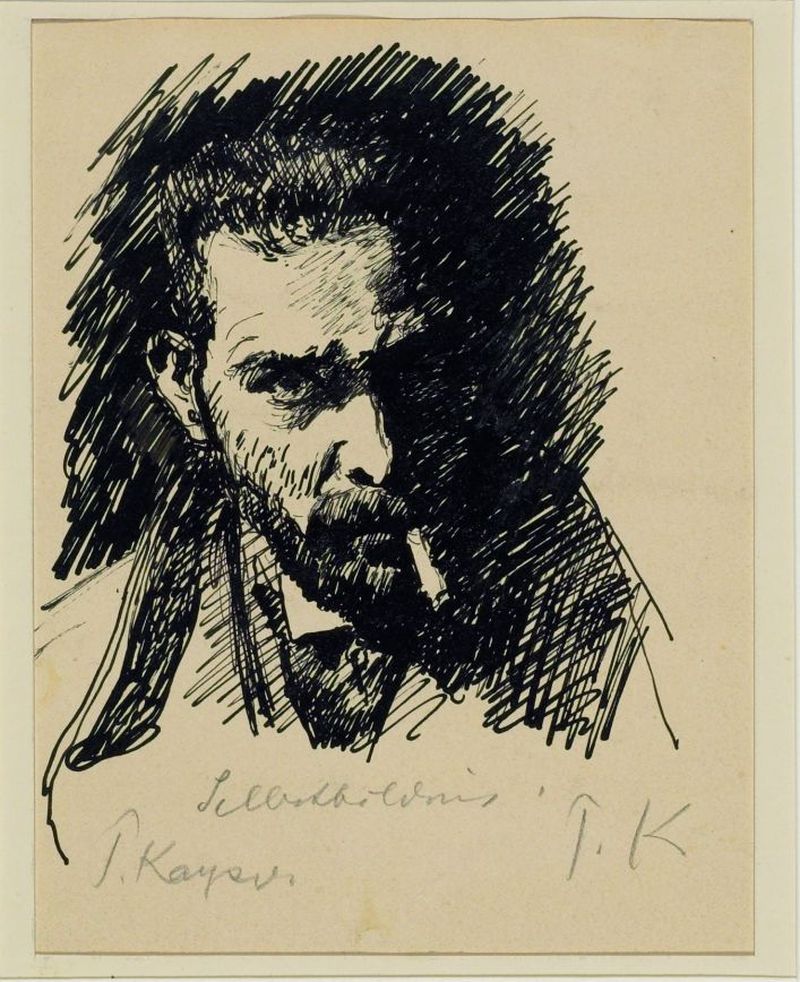
Paul Kayser was a German painter and graphic artist. After training as a painter-decorator, Kayser attended the Schools of Applied Art in Munich and Dresden.
Paul Kayser was a founding member of the Hamburg Artists' Club 1897 and the Hamburg Secession, and a member of the Hamburg Artists' Association and the Altona Artists' Association. His style was decisively influenced by Albert Marquet, whom Kaiser met in 1909.
In 1937, Kaiser's still life was confiscated from the museum in Husum as part of the Nazi "Degenerate Art" campaign.
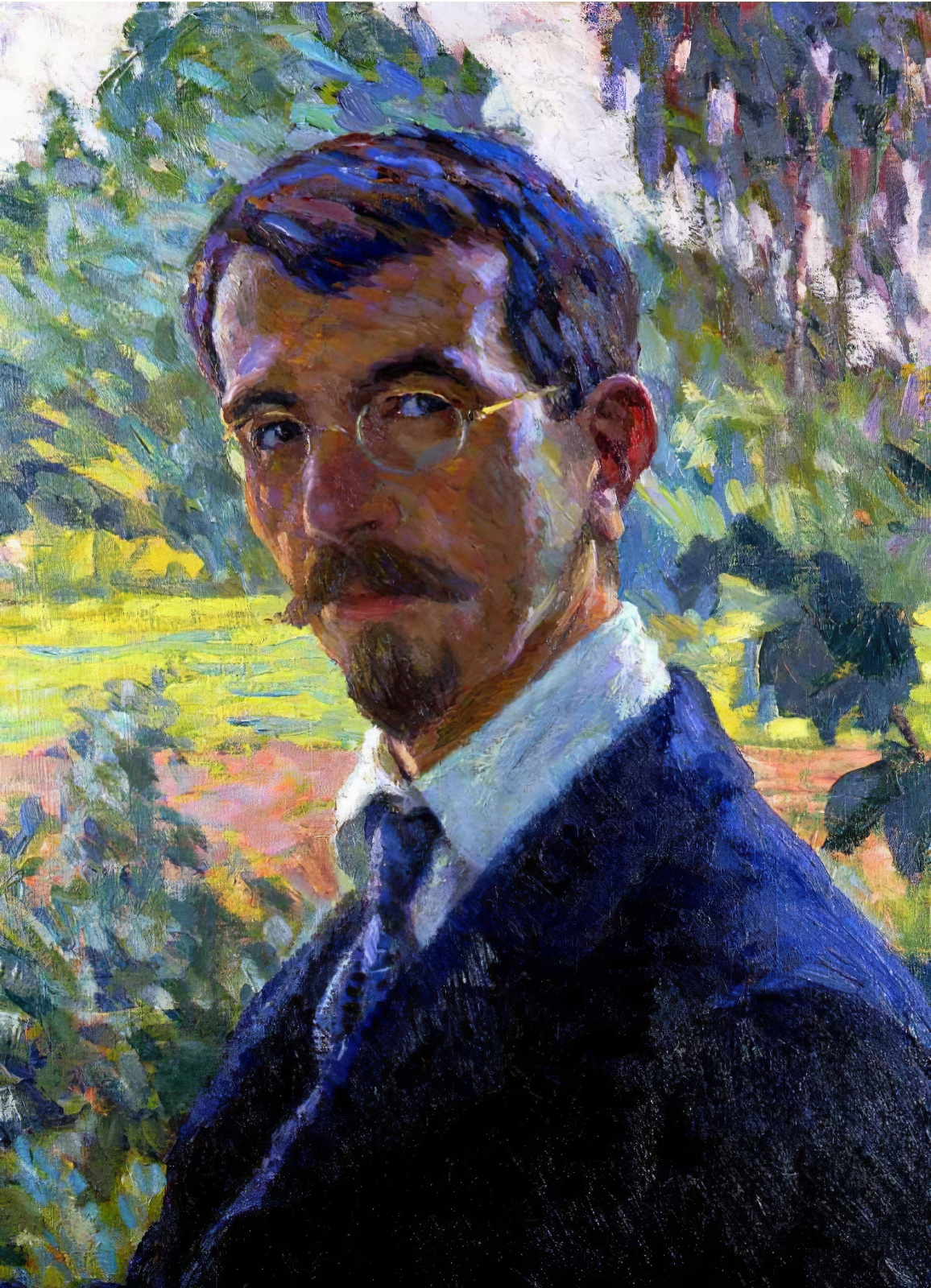
Wilhelm Heinrich Ernst Eitner was a German painter of the late nineteenth and first half of the twentieth centuries. He is known as an impressionist painter and teacher.
Eitner produced portraits, landscapes, and woodcuts in a style reminiscent of Japanese art. Despite initial rejection in German society of his impressionist style of painting, over the years he gained recognition and even the title "Claude Monet of the North." Eitner was a member of numerous art associations. His works are preserved in the Hamburg Kunsthalle.

Wilhelm Heinrich Ernst Eitner was a German painter of the late nineteenth and first half of the twentieth centuries. He is known as an impressionist painter and teacher.
Eitner produced portraits, landscapes, and woodcuts in a style reminiscent of Japanese art. Despite initial rejection in German society of his impressionist style of painting, over the years he gained recognition and even the title "Claude Monet of the North." Eitner was a member of numerous art associations. His works are preserved in the Hamburg Kunsthalle.
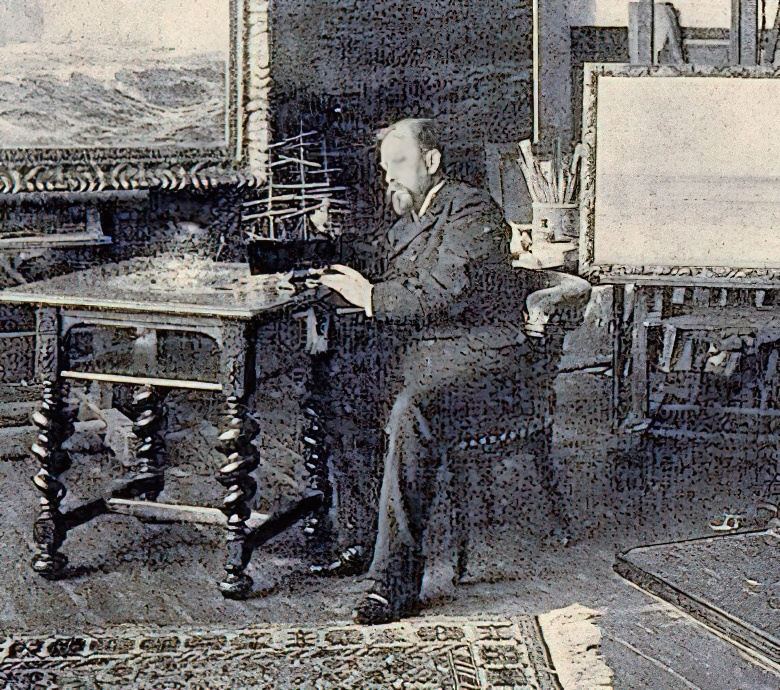
Hans Bohrdt was a German marine painter and graphic artist. Bohrdt's journey into marine painting began after a visit to the Hamburg port at the age of 15, sparking a lifelong passion for the sea and maritime subjects. Unlike many artists of his time who had formal art education, Hans Bohrdt was largely self-taught, although he did attend the Academy of Fine Arts in Berlin for a period. His dissatisfaction with the conventional training led him to pursue a more hands-on approach to his art, focusing on seascapes and marine life.
Hans Bohrdt's work gained significant recognition during the Wilhelmine era, making him a celebrated figure in German marine painting, a genre that became particularly prominent after the unification of Germany in 1871. His close relationship with Kaiser Wilhelm II, who was an admirer and patron of his work, helped elevate Bohrdt's status further. Bohrdt's art was known for its technical skill, particularly in depicting the majesty of the sea and the vessels that traversed it. His pieces often featured German naval prowess and were used for both private collections and public display, contributing to national pride and naval propaganda, especially during World War I.
The legacy of Hans Bohrdt is marked by his ability to capture the spirit and grandeur of maritime life, making him a significant figure in the history of German art. Despite the challenges posed by the world wars, which led to the loss of many of his works including his best-known painting, "Der letzte Mann" ("The Last Man"), Bohrdt's art continues to be celebrated for its contribution to marine painting. In 1995, on the fiftieth anniversary of his death, a memorial exhibition was held, showcasing his contributions to the field and reaffirming his place as one of the last great marine painters.
For collectors and experts in art and antiques, Hans Bohrdt's work offers a unique glimpse into the development of marine painting in Germany, reflecting both the beauty of the maritime world and the historical context of his times. To stay informed about sales, auction events, and updates related to Hans Bohrdt's work, signing up for newsletters from galleries and auction houses specializing in maritime art and antiques is recommended. This ensures enthusiasts and collectors are well-informed about opportunities to acquire pieces by this distinguished artist.
